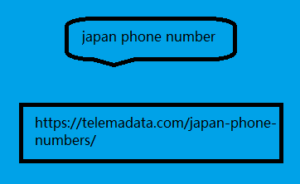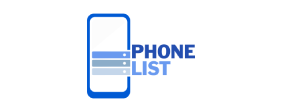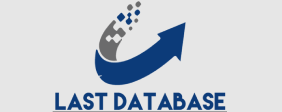Integrating Facebook
Messenger with a Webhook Example
Introduction
In this article, we will explore how to integrate a Facebook Messenger chatbot with a webhook. Webhooks are a powerful way to enable real-time communication between your application and external services, such as Facebook Messenger. By setting up a webhook, you can receive and respond to messages sent to your Facebook Messenger chatbot in real-time.
Prerequisites
Before we begin, make sure you have the following:
- A Facebook Page for your chatbot.
- A Facebook Developer account and a registered Facebook Messenger app.
- A web server or hosting japan phone number platform that can receive and process incoming webhook requests.
- A programming language and framework of your choice (e.g., Node.js, Python, PHP) to handle the webhook logic.

Setting up the Webhook
- Configure the Webhook URL:
- In your Facebook Developer portal, navigate to the “Messenger” section of your app.
- Under the “Webhooks” tab, click on “Add Webhook”.
- Enter the publicly Cambodia Phone Number List accessible URL of your webhook endpoint, which will receive the incoming messages from Facebook Messenger.
- Select the events you want to subscribe to, such as “messages”, “messaging_postbacks”, and “messaging_optins”.
- Verify the Webhook:
- Facebook will send a verification challenge to your webhook URL to ensure it’s a valid endpoint.
- In your webhook handler, implement the logic to verify the challenge and respond with the correct verification token.
- Implement the Webhook Handler:
- Create a route or endpoint in your application that will handle the incoming webhook requests from Facebook Messenger.
- Parse the incoming request body to extract the relevant message data, such as the sender, message text, and any additional metadata.
- Process the message and formulate a response, which can be a text message, an image, or any other supported Facebook Messenger format.
- Send the response back to Facebook Messenger using the appropriate API calls.






